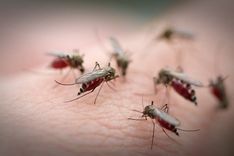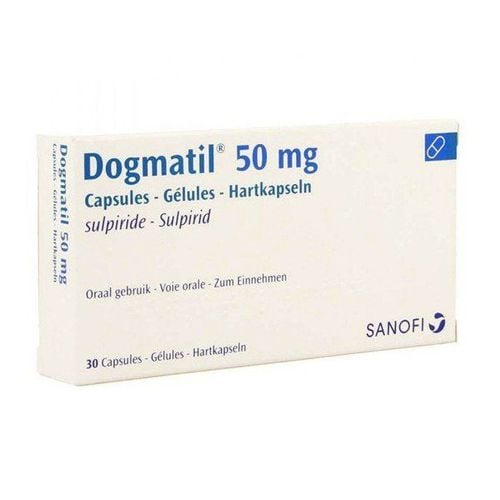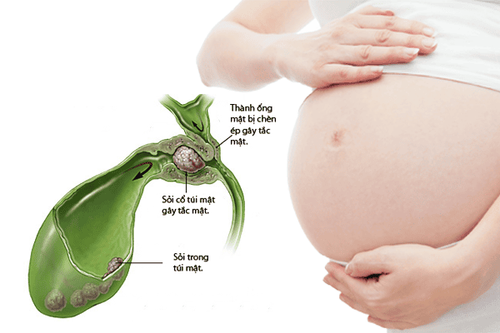The body removes waste through stool, which mainly contains leftover materials after digestion. Sometimes, you might see undigested food particles in your stool that look unchanged. While this is often not a cause for concern, there are situations where undigested food in stool may warrant a visit to the doctor.
1. Causes of undigested food in stool
High-fiber foods are the main reason for undigested food appearing in stool. While the body can break down most foods, fiber remains largely indigestible. However, consuming fiber offers numerous benefits, including adding bulk to stool and aiding its passage through the digestive tract.
Bulky stools stimulate bowel movements and facilitate easier passage. Common high-fiber foods that are often not fully digested include:
- Beans
- Corn
- Whole grains, such as quinoa
- Peas
- Seeds, like sunflower, flax, or sesame seeds
- Skins of vegetables, such as bell peppers or tomatoes
Corn is a particularly frequent culprit because of its outer shell, made of cellulose. The body lacks enzymes to break down cellulose. However, it can digest the inner contents of the corn kernel. If you notice what seems like whole kernels in your stool, it's likely just the outer shell.

2. Is undigested food in stool a cause for concern?
In most cases, undigested food in stool is not a serious issue. Some people may worry that they are not absorbing enough nutrients from their diet. However, the body is not designed to digest all forms of fiber.
Chewing food thoroughly and eating slowly can help minimize undigested food in stool. Smaller, well-chewed food pieces are easier for digestive enzymes to break down.
Another option is to steam or cook certain foods, especially vegetables. Softening foods makes it easier for the body to digest and absorb nutrients.
On average, it takes about one to three days for food to pass through the digestive tract and be excreted in stool. If you notice undigested food much earlier than this, it may indicate that stool is moving too quickly through the digestive system.
Healthy stool should pass easily. It should not feel hard or dry. While stool appearance varies among individuals, it should generally be soft and yellow-brown in color.

3. When should you see a doctor?
Although undigested food in stool is rarely dangerous, there are exceptions. The presence of undigested food may indicate that food is passing too quickly through the digestive tract and not being properly digested. Consult a doctor if you experience any of the following symptoms:
- Changes in bowel habits
- Persistent diarrhea
- Unexplained weight loss
- Blood in stool
These symptoms may point to certain medical conditions or disorders, including:
- Celiac disease: The body is unable to properly digest gluten, a protein found in many foods, particularly bread products.
- Crohn's disease: A type of inflammatory bowel disease causing severe gastrointestinal inflammation.
- Pancreatic insufficiency: The pancreas may not produce enough enzymes to properly digest food.
- Irritable bowel syndrome (IBS): A condition caused by an overly sensitive colon.
- Lactose intolerance: The body lacks sufficient lactase enzyme to digest lactose, a type of carbohydrate sugar.
These are just a few examples of conditions linked to undigested food in stool.
If your doctor is concerned about undigested food and other symptoms, they may recommend a stool test. This involves collecting a stool sample for laboratory analysis, which can identify the presence of blood, fat, or undigested food materials. Blood tests may also be requested to check for low red blood cell counts (indicative of gastrointestinal bleeding) or nutritional deficiencies. Severe nutritional deficiencies could suggest food allergies or intolerances.
In conclusion, in the absence of other digestive symptoms, undigested food fragments in stool are typically not a cause for concern. However, if you notice additional symptoms, consult your doctor for further evaluation.
Please dial HOTLINE for more information or register for an appointment HERE. Download MyVinmec app to make appointments faster and to manage your bookings easily.













